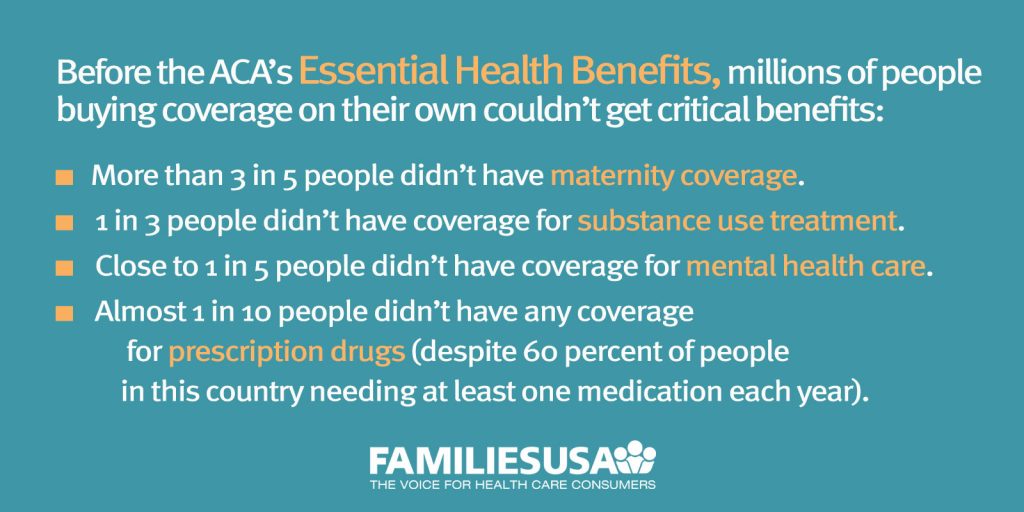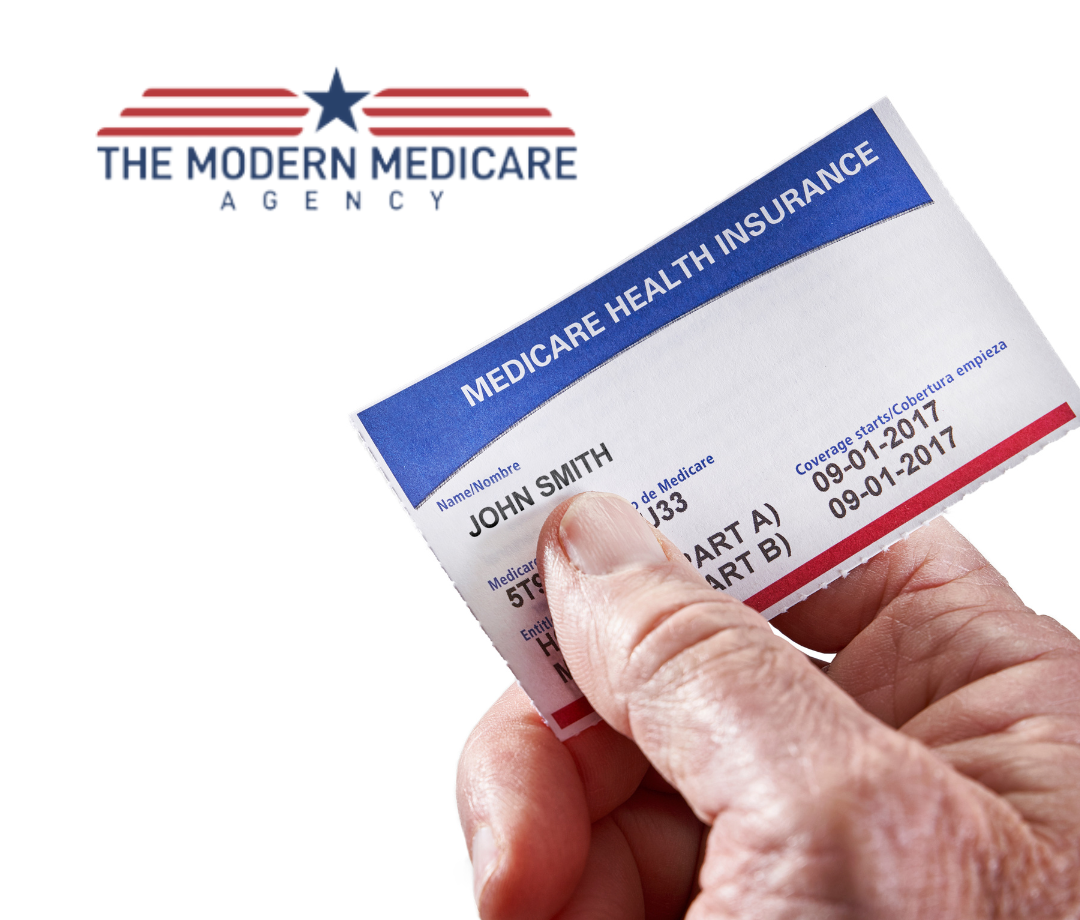The 9-Minute Rule for Medicare Advantage Agent

The understanding that individuals without insurance policy have better-than-average health and wellness

follows from adheres to the relatively young fairly profile of account uninsured with the better healthMuch better health and wellness average, of younger personsMore youthful For those without accessibility to workplace health and wellness insurance, bad health and wellness is a possible barrier to acquiring nongroup protection due to the fact that such coverage might be highly valued, leave out preexisting conditions, or be just not available. Unless otherwise noted, national estimates of people without health insurance and proportions of the population with various kinds of coverage are based on the CPS, the most commonly made use of source of estimates of insurance protection and uninsurance rates.

Top Guidelines Of Medicare Advantage Agent
Over a three-year duration starting early in 1993, 72 million individuals, 29 percent of the united state populace, lacked insurance coverage for at the very least one month. Within a solitary year(1994), 53 million people experienced at the very least a month without protection(Bennefield, 1998a). Six out of every ten without insurance grownups are themselves employed. Although functioning does boost the probability that one and one's family participants will have insurance policy, it is not a warranty. Also members of family members with two permanent wage earners have virtually a one-in-ten possibility of being without insurance (9.1 percent uninsured rate)(Hoffman and Pohl, 2000 ). The connection between medical insurance and access to care is well established, as recorded later on in this chapter. Although the connection in between medical insurance and wellness outcomes is neither direct neither simple, an extensive professional and health and wellness solutions research literature web links medical insurance coverage
to enhanced accessibility to care, far better quality, and enhanced personal and populace health and wellness standing. The second report, on individual wellness outcomes for uninsured grownups, is represented by the inner circle of the figure, while the third report, on family health, encompasses the topics of the 2nd record however stresses a different device of analysis, specifically, the family. The 6th report in the series will offer details concerning approaches and campaigns taken on in your area, statewide, or nationally to address the absence of insurance coverage and its unfavorable influences. Levels of analysis for examining the results of uninsurance. This discussion of health insurance coverage concentrates mainly on the U.S. populace under age 65 since practically all Americans 65 and older have Medicare or other public coverage.
Moreover, it concentrates specifically on those without any medical insurance for any length of time. The issues dealt with by the underinsured are in some aspects similar to those faced by the without insurance, although they are usually much less severe. Uninsurance and underinsurance, however, involve noticeably various plan problems, and the techniques for addressing them may differ. Throughout this study and the 5 records to adhere to, the major emphasis is on persons without any medical insurance and therefore no aid in spending for wellness treatment beyond what is available through charity and safeguard institutions. Health insurance is a powerful factor affecting invoice of treatment since both clients and physicians react to the out-of-pocket price of solutions. Health and wellness insurance coverage, however, is neither necessary neither adequate to access to medical services. The independent and direct effect of wellness
insurance coverage on access accessibility health health and wellness solutions well established. Others will certainly acquire the health care they need also without medical insurance, by paying for it expense or seeking it from carriers that offer treatment cost-free or at very subsidized rates. For still others, wellness insurance coverage alone does not guarantee invoice of care due to other nonfinancial obstacles, such as a lack of wellness care providers in their area, limited access to transportation, illiteracy, or etymological and social differences. Official research study concerning uninsured populaces in the United States dates to the late 1920s and very early 1930s when the Board on the Expense of Healthcare created a collection of records regarding financing physician workplace check outs and hospitalizations. This issue came to be salient Click This Link as the varieties of clinically indigent climbed throughout the Great Depression. Empirical research studies consistently support the web link in between accessibility to care and boosted health end results(Bindman et al., 1995; Starfield, 1995 ). Having a routine resource of care can be thought about a forecaster of access, as opposed to a straight procedure of it, when wellness results are themselves made use of as accessibility indicators. This extension of the notion of access measurement was made by the IOM Committee on Checking Accessibility to Personal Health Care Solutions(Millman, 1993, p. Whether or not moms and dads are insured shows up to influence whether their youngsters obtain treatment in addition to exactly how much careeven if the kids themselves have protection(Hanson, 1998). The health and wellness of parents can affect their ability to look after their kids and the level of household anxiety. Bothering with their youngsters's accessibility to care is itself a source of stress and anxiety for moms and dads. Three chapters comply with in this report. Chapter 2 supplies an overview of just how employment-based wellness insurance coverage, public programs and private insurance coverage run and communicate to offer comprehensive yet incomplete protection of the U.S. populace. This consists of a testimonial of historical fads and public laws influencing both public and personal insurance, a conversation of the interactions among the various sorts of insurance policy, and an assessment of why people relocate from one program to another or finish up

Comments on “The 5-Minute Rule for Medicare Advantage Agent”